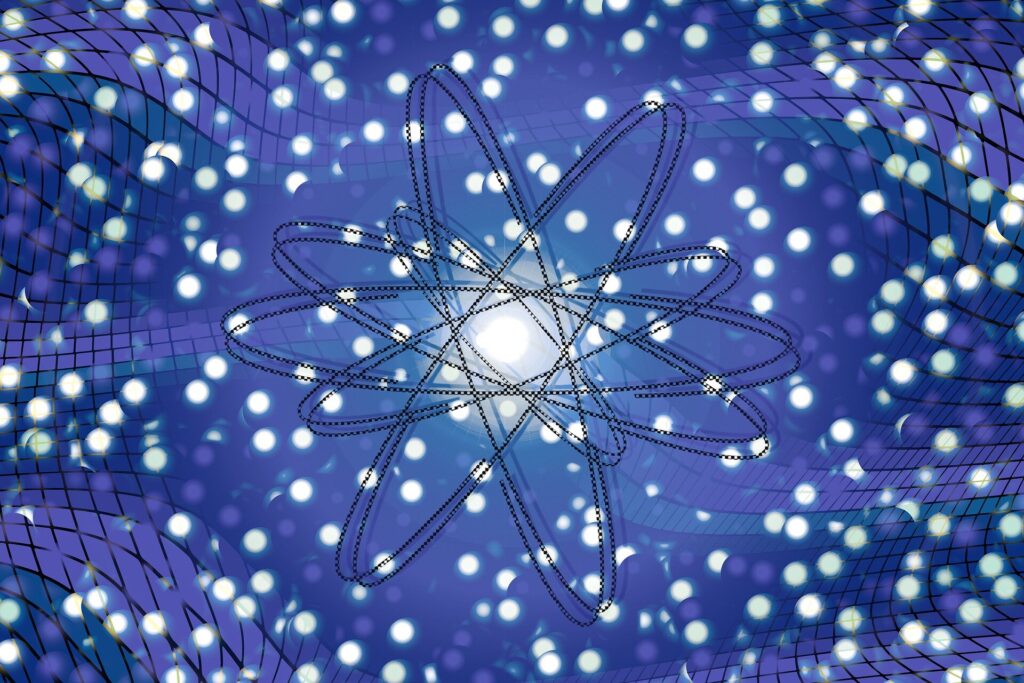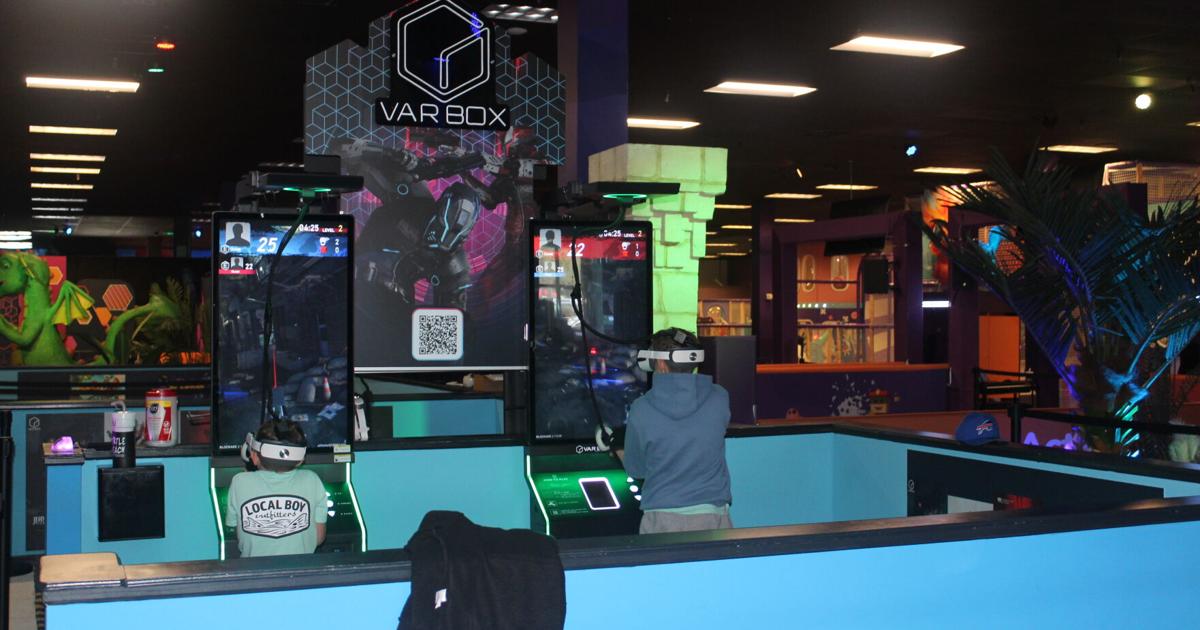
The race to build the first practical quantum computer is intensifying, promising to revolutionize sectors from medicine to logistics. Major tech companies are vying for the lead, with Microsoft unveiling a pioneering quantum chip in February, closely followed by Google’s advancements in quantum error correction. As competition heats up, a novel solution is emerging—ultracold neutral atoms. Swinburne University of Technology has been at the forefront of this research for two decades.
Associate Professor Tapio Simula, a quantum expert at Swinburne, sheds light on the significance of neutral atoms in the quantum realm. “Neutral atoms are poised to play a pivotal role in our quantum future,” Simula explains. “They are most effective when cooled to ultralow temperatures, where they transcend classical physics and enter the realm of quantum mechanics.”
Understanding Neutral Atoms
Atoms form the foundation of all chemical elements and their interactions. A neutral atom is characterized by an equal number of protons and electrons, resulting in no overall electrical charge. This neutrality is crucial for their application in quantum technologies.
Simula elaborates, “In a typical cold atom experiment, a small cloud of neutral atoms—much thinner than air—is levitated inside a vacuum chamber using optics and magnetic fields. Laser beams are then used to cool these atoms to temperatures near absolute zero, where classical Newtonian physics no longer applies.”
“At this point, the laws of quantum mechanics open a world of new opportunities, with experimentalists using these ultracold neutral atom platforms to study the fundamental laws of physics.” — Associate Professor Tapio Simula
The Potential of Ultracold Neutral Atoms
Ultracold neutral atoms are instrumental in developing groundbreaking technologies, such as highly accurate atomic clocks, ultra-sensitive quantum sensors, and cutting-edge quantum computers. At Swinburne’s Optical Sciences Center, three laboratories are dedicated to cold atoms research, exploring these possibilities.
Simula’s research has shown promising results in the physics of quantum vortices within superfluids, which could enable lossless energy transport. “These tiny quantum cyclones are connected to phenomena like high-temperature superconductivity and the physics of rotating neutron stars,” he notes. “Some could even serve as quantum bits in a quantum computer, akin to Microsoft’s current projects.”
Why Neutral Atoms Matter
Neutral atoms are emerging as key players in the quest for quantum computing dominance. Tech giants such as Google, IBM, and Microsoft are now collaborating with developers specializing in neutral atom quantum computers. According to Simula, the future of quantum technology lies in a synergy of quantum computing, sensing, and communication.
“All of these developers are spin-off companies emerging from cold atoms research laboratories like those at Swinburne, where groundbreaking ultracold atoms research has been conducted for two decades.” — Associate Professor Tapio Simula
While quantum computers exist, they remain in their nascent stages, yet they hold immense potential to transform industries like logistics and medtech. The journey to fully realizing this potential is ongoing, with neutral atoms at the forefront of this exciting frontier.
As the world watches this technological race unfold, the implications of these advancements promise to redefine the boundaries of what is possible, ushering in a new era of innovation.





